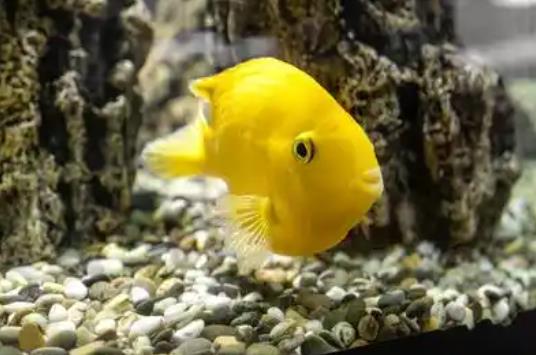Parrot fish will eat other small fish, especially those with a relatively small body size. Parrot fish are innately aggressive. They enjoy chasing and preying on small fish and shrimp, which is part of their natural instincts. Usually, they don't bite small fish to death. Their mouths are V - shaped and can't close fully, so their lethality is relatively low. However, smaller fish can still get injured.

Parrot fish are suitable for co - breeding with some larger - sized fish, such as oscar fish, arowana (silver), knife fish (seven - star), and blue shark, among other medium - to - large - sized tropical fish. These fish are similar in size to parrot fish and also have relatively similar temperaments, enabling them to coexist peacefully. Additionally, parrot fish can be co - bred with flowerhorn cichlids. Since both types of fish have a strong sense of territory, they may form a stable group as they grow up.
When co - breeding, the following points need to be noted:
Provide Sufficient Space for Activity and Hiding Places: Ensure that the fish tank is large enough. Provide aquatic plants and hiding shelters to give the fish a sense of security.
Regularly Observe Behavior and Condition: Make sure all the fish get along harmoniously, avoiding fights and competition for food.
Maintain Stable Water Quality: Different fish have different requirements for water quality, so regular inspection and maintenance are necessary.
Through reasonable co - breeding strategies and management, conflicts between parrot fish and other fish can be effectively reduced, creating a harmonious fish - tank environment.
